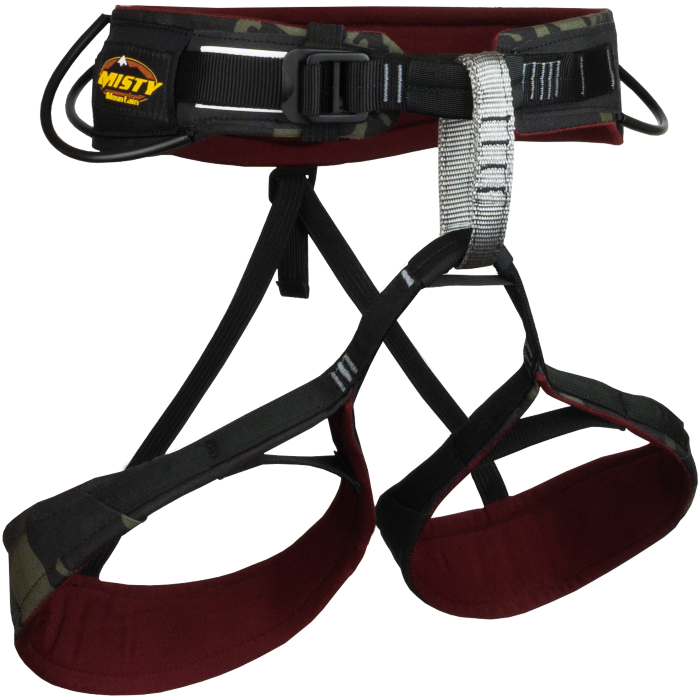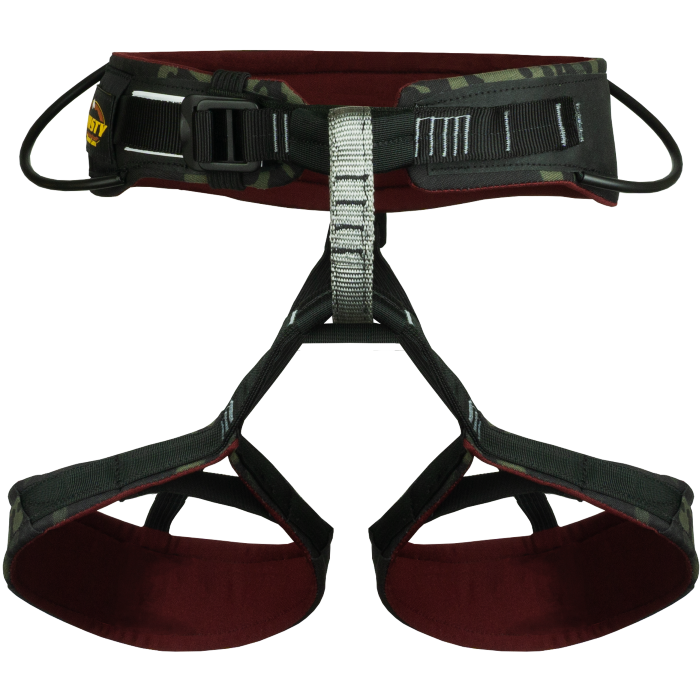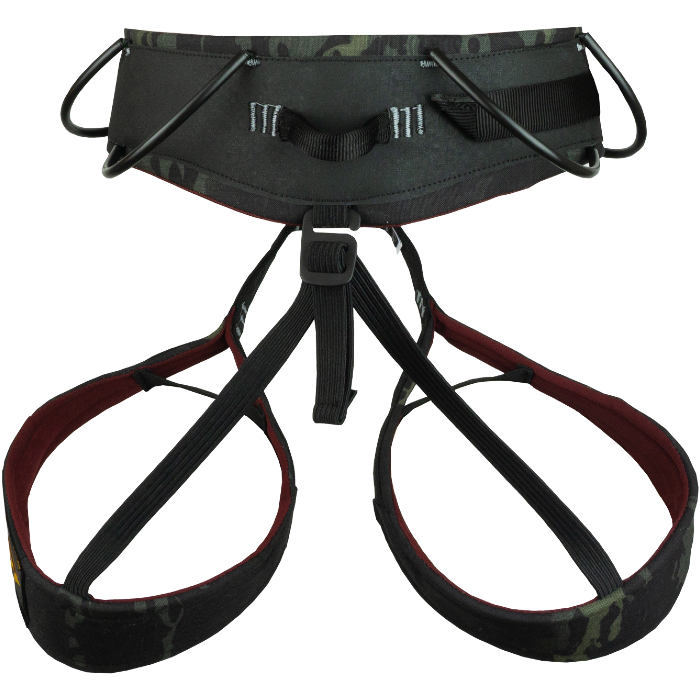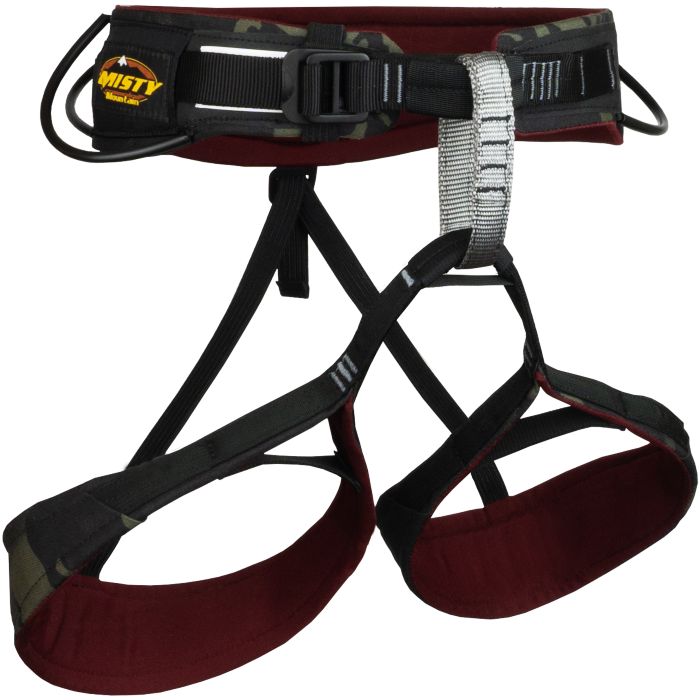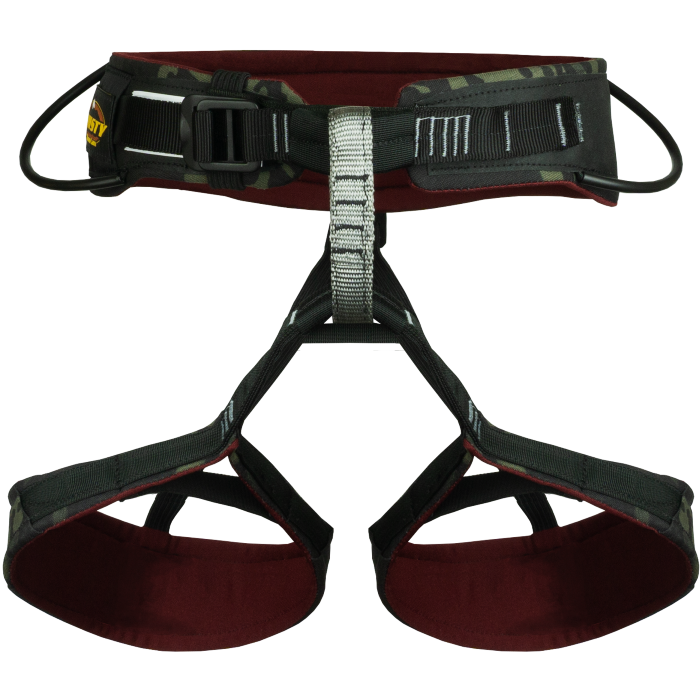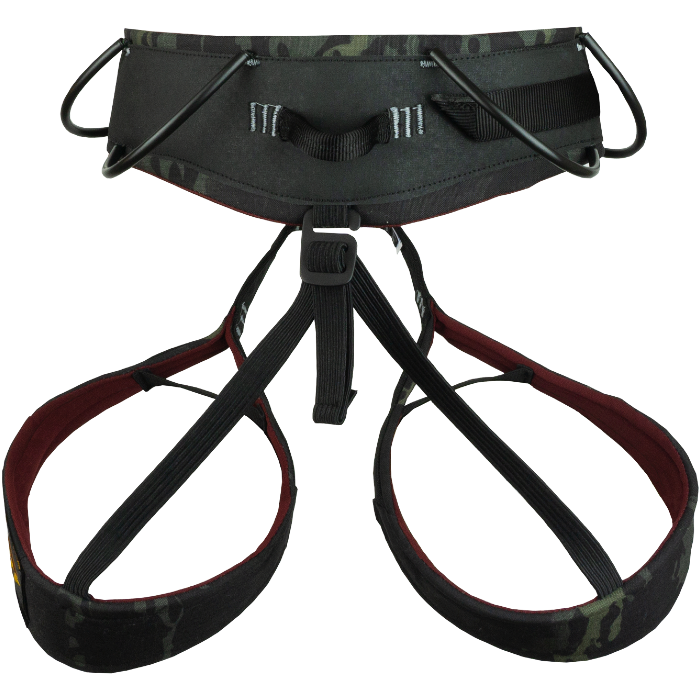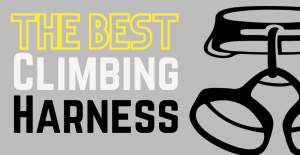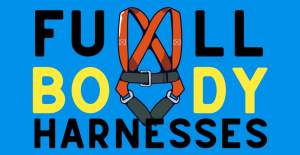A pictoral representation of UIAA-105 and EN-12277 standards for harnesses.
Turbo Men
Description
Widely regarded as the ultimate cragging harness, the Turbo is so light you’ll almost forget that you are tied in. 500 Denier Nylon outer shell is lightweight and abrasion resistant. Wide in lumbar region and back of thighs for comfort, tapered in front for freedom of movement. Fixed elasticized leg loops are ergonomic design masterpieces. Power up your climbing with Misty Mountain’s Turbo.
3.9″ wide cambered bi-layer waistbelt and 2.9″ wide tapered leg loops
Durable Trelleborg Plate
Lightweight, abrasion resistant 500 denier Cordura nylon shell
1″ aluminum quick adjust buckle
Closed cell crosslinked polyethylene foam padding
Anti-Gravity gear loops for maximum racking convenience
Ergonomic Haul Loop
Widely regarded as the ultimate cragging harness, the Turbo is so light you’ll almost forget that you are tied in. 500 Denier Nylon outer shell is lightweight and abrasion resistant. Wide in lumbar region and back of thighs for comfort, tapered in front for freedom of movement. Fixed elasticized leg loops are ergonomic design masterpieces. Power up your climbing with Misty...
Retail price
This Product is Hard to Find.
We don’t know where you can buy this item online in the US. We’ll continue to check all the major retailers and will update this page as soon as we find one.
If you know where to find this online in the US, let us know, and we’ll add the link.
Weight (g)  | 386 g M : 385.5 g / 13.6 oz |
| Fit | Men |
| Sizes | XS, S, M, L, XL |
Gear Loops  | 4 Gear loops |
Ice Clip Slots  | No, 0 |
| Belay / Tie-In | One Loop |
| Waist Buckle Type | Quick Adjust |
| Leg Buckle Type | None (it stretches) |
| Drop Seat | Yes |
Haul Loop  | Yes (0kN) |
| Certification | |
| Size Chart | XS |
No reviews yet.
The UIAA equipment standard provides a baseline for equipment performance in a test lab under controlled conditions on new equipment. Although these test conditions are relevant to the conditions encountered climbing, conditions encountered at the crags and the condition of the equipment are equally important. This recommendation from the UIAA member federation The British Mountaineering Council (BMC) provides vital equipment information that is NOT explicitly addressed in the standard, particularly failure modes of the equipment and recommendations for the use, inspection, maintenance, and retirement of equipment.


